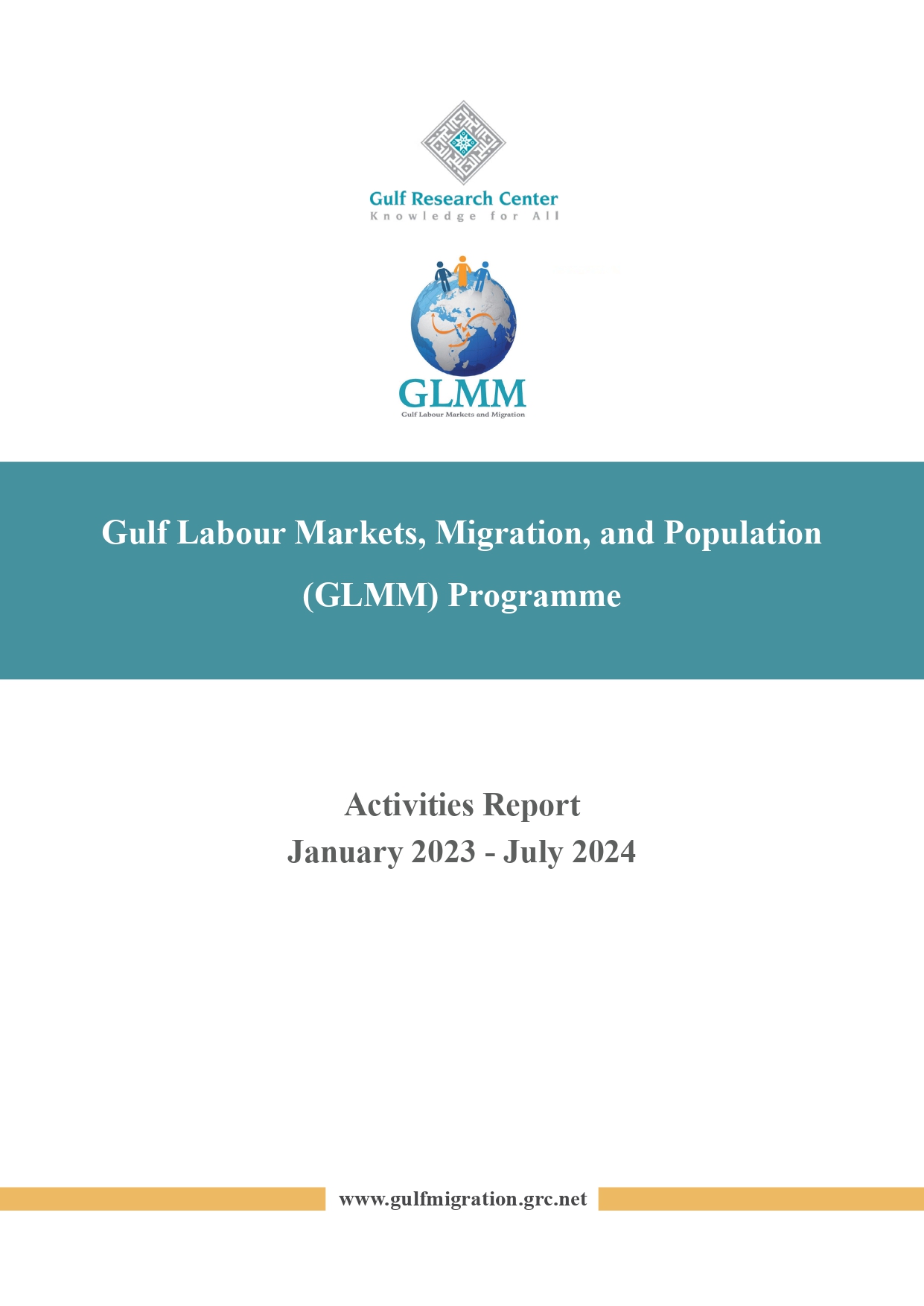Bahrain: Employed population by nationality (Bahraini/Non-Bahraini), sex and occupation (2001)

| Bahraini | Non-Bahraini | Total | |||||||
| males | females | total | males | females | total | males | females | total | |
| Legislators, Senior Officials, Managers, and Business Owners | 12,161 | 2,100 | 14,261 | 6,025 | 455 | 6,480 | 18,186 | 2,555 | 20,741 |
| Scientific, Technical and Humanities Professionals | 8,270 | 4,758 | 13,028 | 11,212 | 1,768 | 12,980 | 19,482 | 6,526 | 26,008 |
| Scientific, Technical and Humanities Technicians | 7,194 | 6,789 | 13,983 | 4,380 | 2,261 | 6,641 | 11,574 | 9,050 | 20,624 |
| Clerical Workers | 15,570 | 6,961 | 22,531 | 6,815 | 1,166 | 7,981 | 22,385 | 8,127 | 30,512 |
| Sales Workers | 2,878 | 1,078 | 3,956 | 5,203 | 452 | 5,655 | 8,081 | 1,530 | 9,611 |
| Services Workers | 16,619 | 1,485 | 18,104 | 32,706 | 24,342 | 57,048 | 49,325 | 25,827 | 75,152 |
| Agricultural, Animal Husbandry Workers, Hunters and Fishermen | 893 | 7 | 900 | 5,988 | 10 | 5,998 | 6,881 | 17 | 6,898 |
| Industrial, Chemical and Food Industries Workers | 2,832 | 2,772 | 5,604 | 15,107 | 3,021 | 18,128 | 17,939 | 5,793 | 23,732 |
| Principal and Auxiliary Engineering Occupation | 18,141 | 59 | 18,200 | 55,278 | 24 | 55,302 | 73,419 | 83 | 73,502 |
| Unknown | 362 | 58 | 420 | 3,890 | 288 | 4,178 | 4,252 | 346 | 4,598 |
| Total | 84,920 | 26,067 | 110,987 | 146,604 | 33,787 | 180,391 | 231,524 | 59,854 | 291,378 |
Source: Central Informatics Organisation (CIO) – Bahrain
ANNEXED NOTE
1. Technical Notes and Definitions
| census year | reference period | implementing institution | implementation method | population covered | |
| 1981 | November 16 | Ministry of Finance Statistics Department |
field interviews | de jure, de facto | all individuals (nationals and non-nationals): 1- present within the country’s borders during time of reference; 2- residing in Bahrain irrespective of where are they at census times |
| 1991 | April 6 | Central Informatics Organisation (CIO) | field interviews | ||
| 2001 | April 7 | field interviews; characteristics of population in collective households (among which labour camps) was obtained from sponsors | |||
| 2010 | April 27 | based on administrative records | |||
Nationality of the person is defined by the passport used to enter the country. A Non-Bahrainis is considered as such depending on the passport used to enter the country (or obtain the visa).
Period of reference for employment refers to the 7-days period prior to the survey.
Population of reference in table: all employed individuals (nationals and non-nationals) aged 15 and above
Employed population includes population in the following categories:
Employer: A person who operates his / her own economic enterprise or engages independently in a profession for trade and hires one or more employees.
Self-employed: A person who operates his / her own economic enterprise or engages independently in a profession or trade and hires nobody.
Paid employee: A person who works for a public or private organization and receives regular wages / salary whether in cash or in kind.
Unpaid worker: A person works for an enterprise, usually owned by some of his relatives, without receiving a salary / wage
Classification of occupations are encoded in line with the International Standard Classification of Occupations (ISCO) of the International Labour Organization (ILO), as noted by the CIO.
2. Institution which provides data
Central Informatics Organization, known prior to 2001 as the “Central Statistics Organisation” under the Ministry of Cabinet Affairs.
3. Data availability
Figures and results reported here are available on the Central Informatics Organisation (CIO) website. For Arabic version: (http://www.cio.gov.bh/cio_ara/default.aspx). For the English version: (http://www.cio.gov.bh/CIO_ENG/Default.aspx)
The CIO often provides its figures and estimates through tables in PDF format.
The CIO has 2001′ census figures for this particular classification in total population and Bahraini population. Therefore, the non-Bahraini population division was calculated as total minus Bahraini for each sex
Data and figures for the 1991′ and 2001′ censuses regarding the labor force can be found: (http://www.cio.gov.bh/cio_eng/SubDetailed.aspx?subcatid=378)
Figures for this 2001′ census total employed population can be found: (http://www.cio.gov.bh/cio_ara/English/Publications/Statistical%20Abstract/ABS2009/CH11/11A.pdf)
Figures for this 2001′ census Bahraini employed population can be found: (http://www.cio.gov.bh/cio_ara/English/Publications/Statistical%20Abstract/ABS2009/CH11/11B.pdf)
Relevant data can be also found in Statistical Abstract 2001, found through: (http://www.cio.gov.bh/CIO_ENG/SubDetailed.aspx?subcatid=173)
General information on the coding of occupation classifications under the CIO can be found: (http://www.cio.gov.bh/cio_eng/SubDetailed.aspx?subcatid=278)
Information on the ISCO occupations classification under the ILO can be found: (http://www.ilo.org/public/english/bureau/stat/isco/)
Date of access: July 2014
Similar Posts:
- Bahrain: Employed population by nationality (Bahraini/Non-Bahraini) sex and occupation (2010)
- Bahrain: Employed population (15+ years old) by nationality (Bahraini/Non-Bahraini) at dates of census (1981, 1991, 2001, 2010)
- Bahrain: Employed population (15+ years old) by nationality (Bahraini/Non-Bahraini), employment status and sex (2010)
- Bahrain: Employed population (15+ years old) by nationality (Bahraini/Non-Bahraini), employment status, sex and age group (2010)
- Bahrain: Employed Bahraini population by sex, occupation and highest educational level (1991)

































































